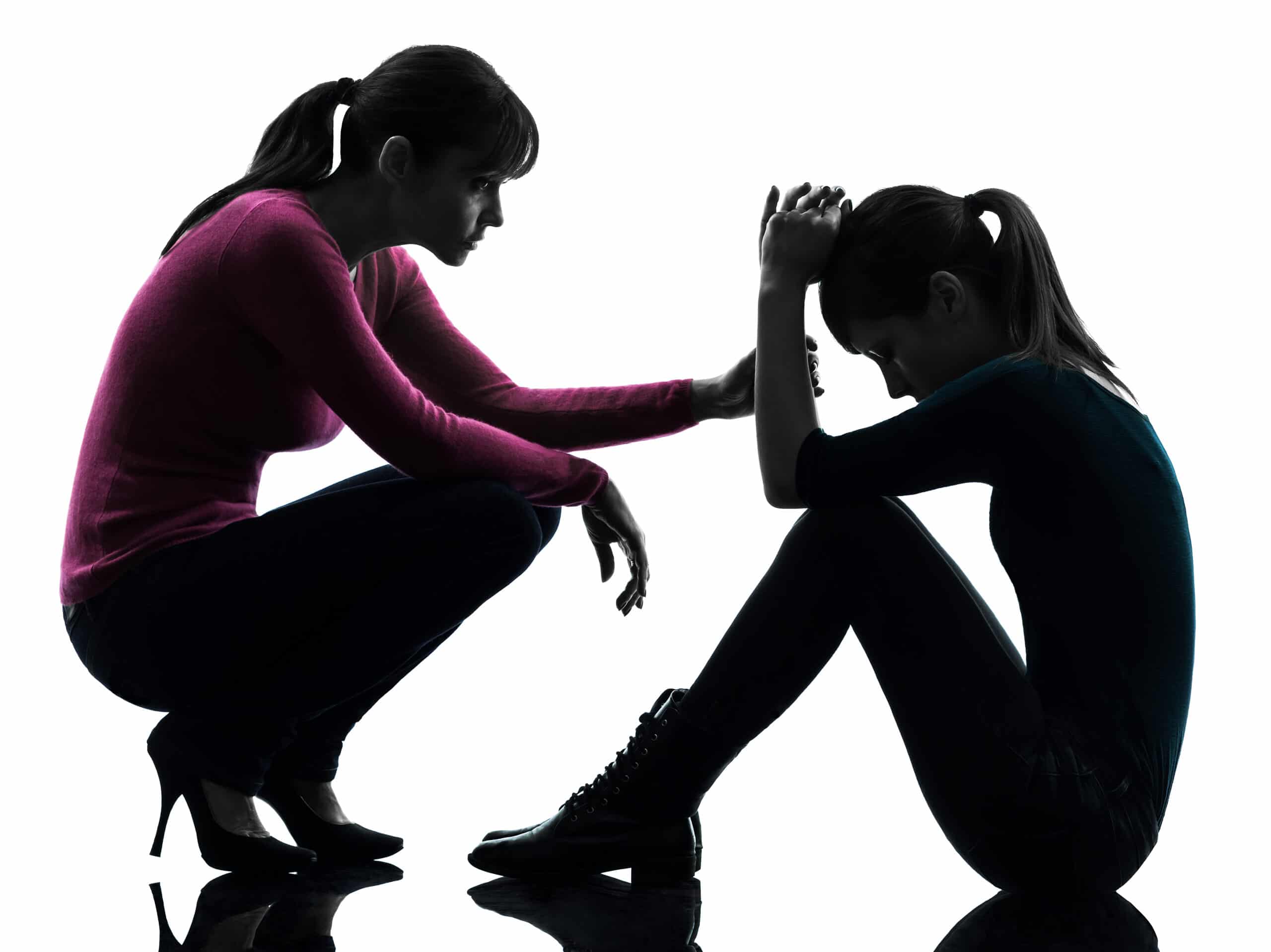Helping angry kids is challenging at best. Anger consumes them before they’ve had time to think about what is happening. They explode. Yet, becoming aware of the signals their body is sending before anger erupts is key to helping youth, especially tweens and teens, to gain control over their emotions and their destiny. Anger and behavior problems experienced at school often follow children home, and visa versa. As teachers and parents it is our role to teach young people how to effectively manage their anger and other emotions before a problem arises. There are things we can do to help.
Five Ways to Help Students Deal With Anger Constructively
1. Teach students the difference between primary and secondary emotions: A primary emotion is what we feel first, such as fear, sadness, joy, and acceptance. Help students to understand that anger is a secondary emotion, or an emotion that evolves from a primary emotion after cognition.
Teach students to identify the primary emotion underlying their anger, so they can more clearly express their feelings. Explain that if they say they feel pressured, left-out, or sad, as opposed to saying they feel angry, it is much clearer what their unmet emotional need is and what would help them to feel better.
2. Teach students to recognize physical manifestations of anger: When someone is in a conflict, his or her amygdala, the brain’s emotional alarm system, scans the situation for potential danger. If the situation registers as dangerous, a distress signal is sent out to the entire brain, which, in turn, triggers a cascade of physiological responses—from a sped-up heart rate to mobilized muscles to release of the “fight or flight” hormones, adrenaline and noradrenaline.
Brain studies suggest that the moment a person becomes self-aware of escalating emotions, they activate the pre-frontal lobes, which in turn reduce stress hormones and allow a state of calm to return. Therefore, it is important to help students to recognize any changes happening in the body, investigate the thoughts feeding the stress, and change the self-talk to be more constructive.
3. Teach students positive self-talk: Positive self-talk can be used by students to help decrease their feelings of anger and choose how to react in a conflict. Tell students to employ positive self-talk when they notice their body is in a fight or flight state.
Do not, however, confuse positive inner dialogue with positive thinking, happy affirmations, or self-delusions. Using logical, accurate self-talk means recognizing one’s personal shortcomings, but also put them in perspective and define a do-able plan of action.
To demonstrate the appropriate use of self-talk, role-play one person (A) putting down another person (B). After being insulted, person B shares his or her best positive self-talk. For example: “She must be having a bad day,” “I can handle this,” and “It’s not worth the price to fight.”
4. Teach students to own their emotions: It is important for students to remember that no one can “make” them mad. Tell them that they not only have the right to feel, but that they are also fully responsible for those feelings and the way they handle them.
Teach students that no one can put feelings inside of them, that people can only trigger their anger, and that they choose how they feel. Reinforce the concept that in choosing, they are empowered and that when they don’t choose, and don’t own their emotions, they are giving away their power.
My Moodz poster is a great way to help students identify their emotions so that you can talk to them effectively.
5. Teach students to keep their power: There are three ways that students can give away their power in a conflict: through blaming others, expectations, and feeling they can change someone else.
Tell students that when they blame someone else for their anger, they are saying that person is responsible for their anger, and therefore give their power away to someone else.
Help students to understand that their expectations are their choice, and that if they set expectations for another person and become angry when the person doesn’t meet them, they give away their power to that person.
Teach students that if they base their happiness on whether someone will change, they give that person the power over their emotions. The other person can control their emotions simply by changing or not changing.
From Transforming Anger into Personal Power by Susan Gingras Fitzell
Click HERE for more information on Susan Fitzell’s Anger Management Curriculum for Teens!


